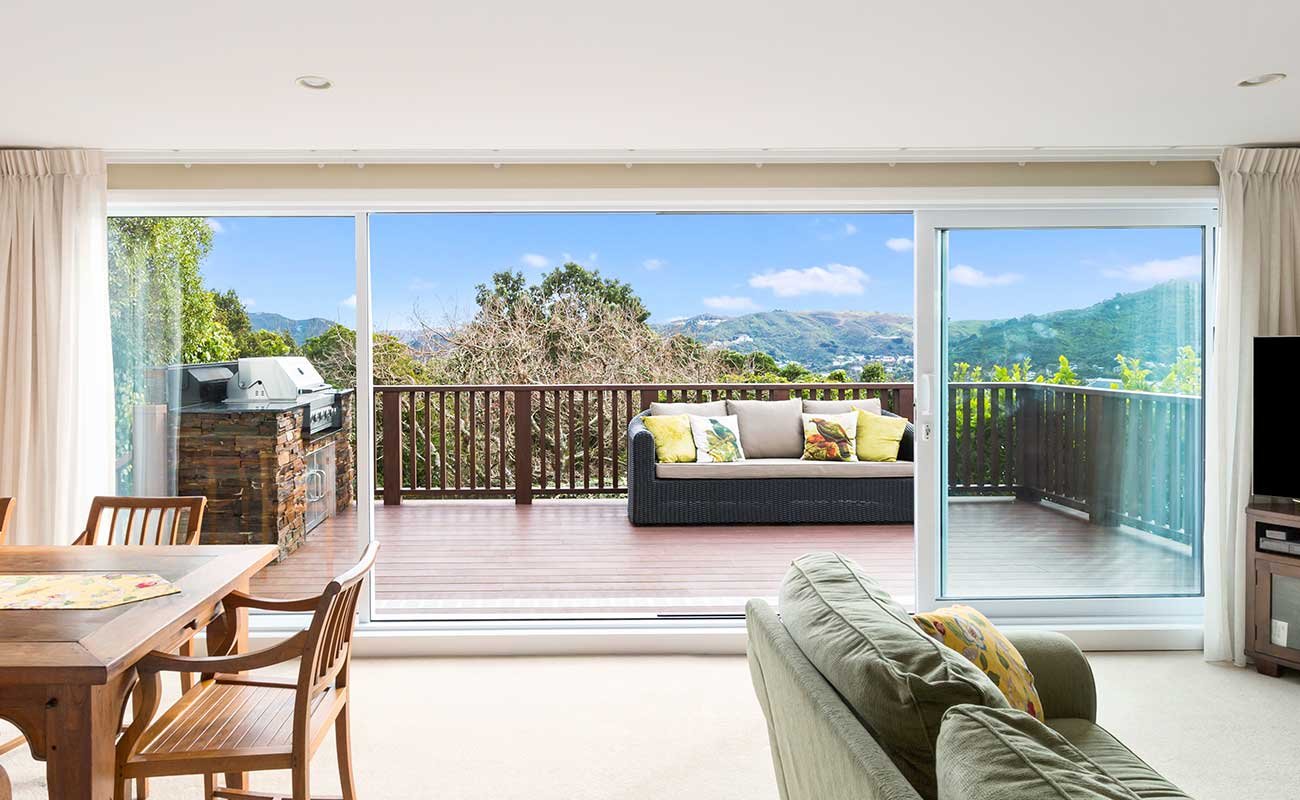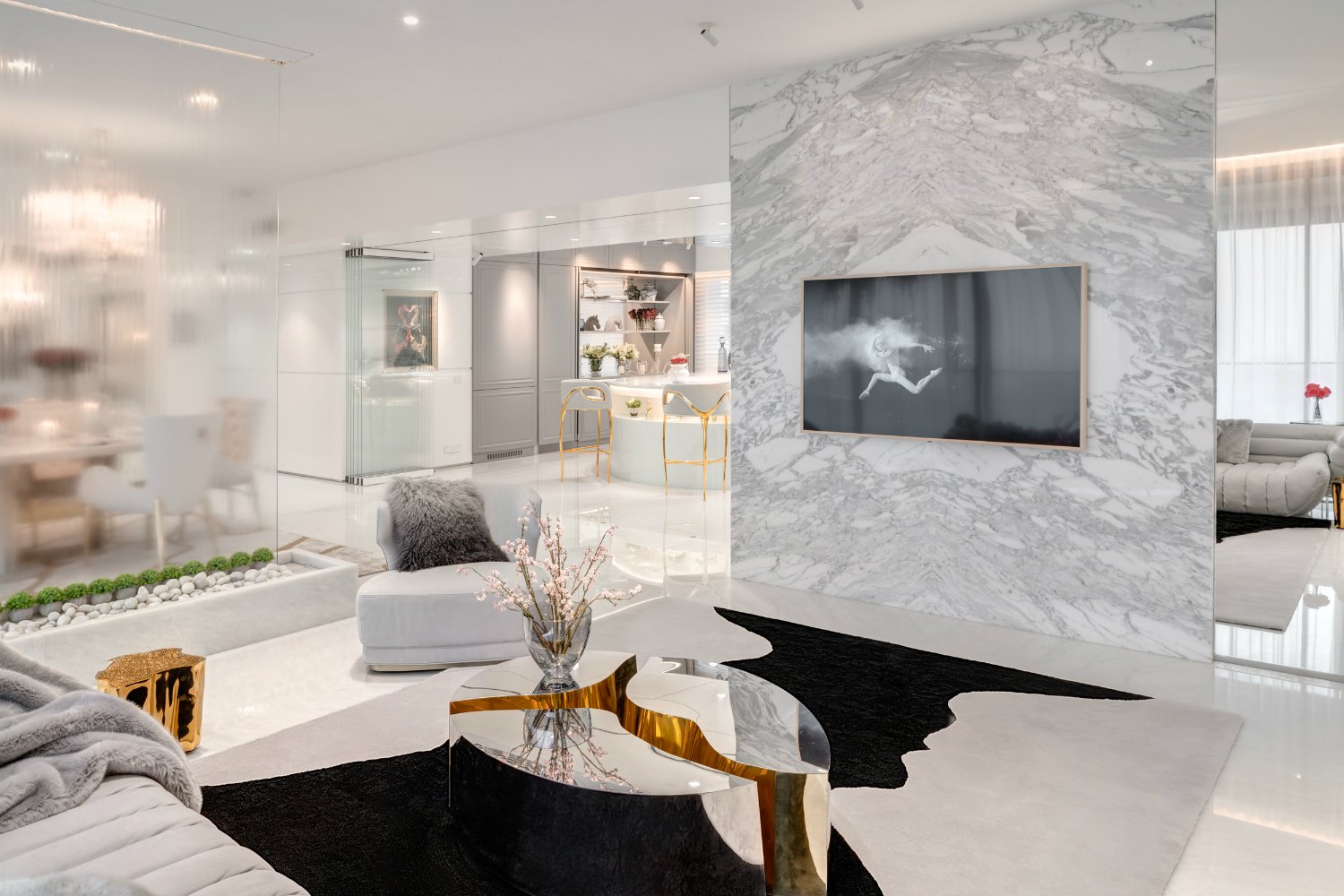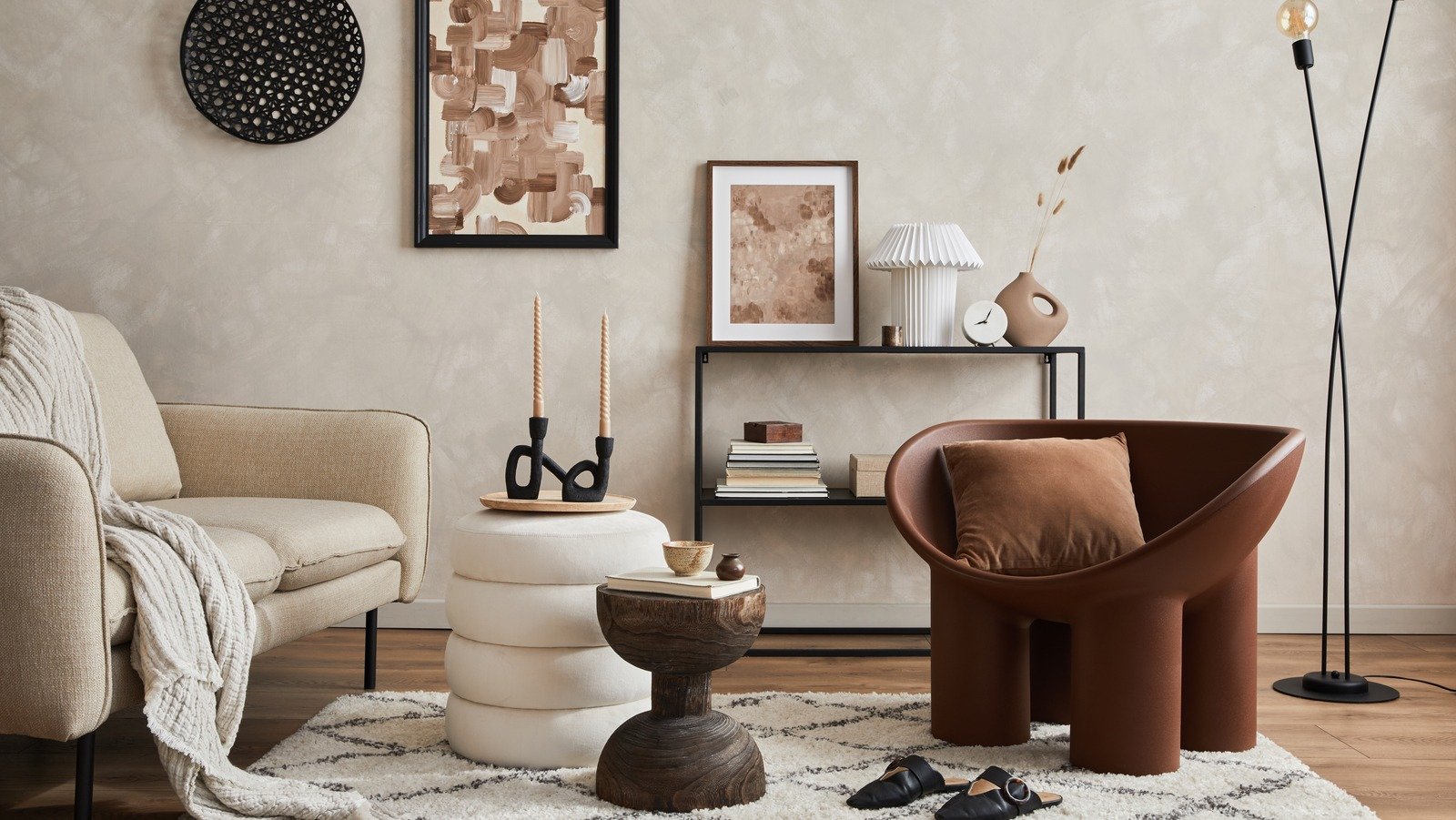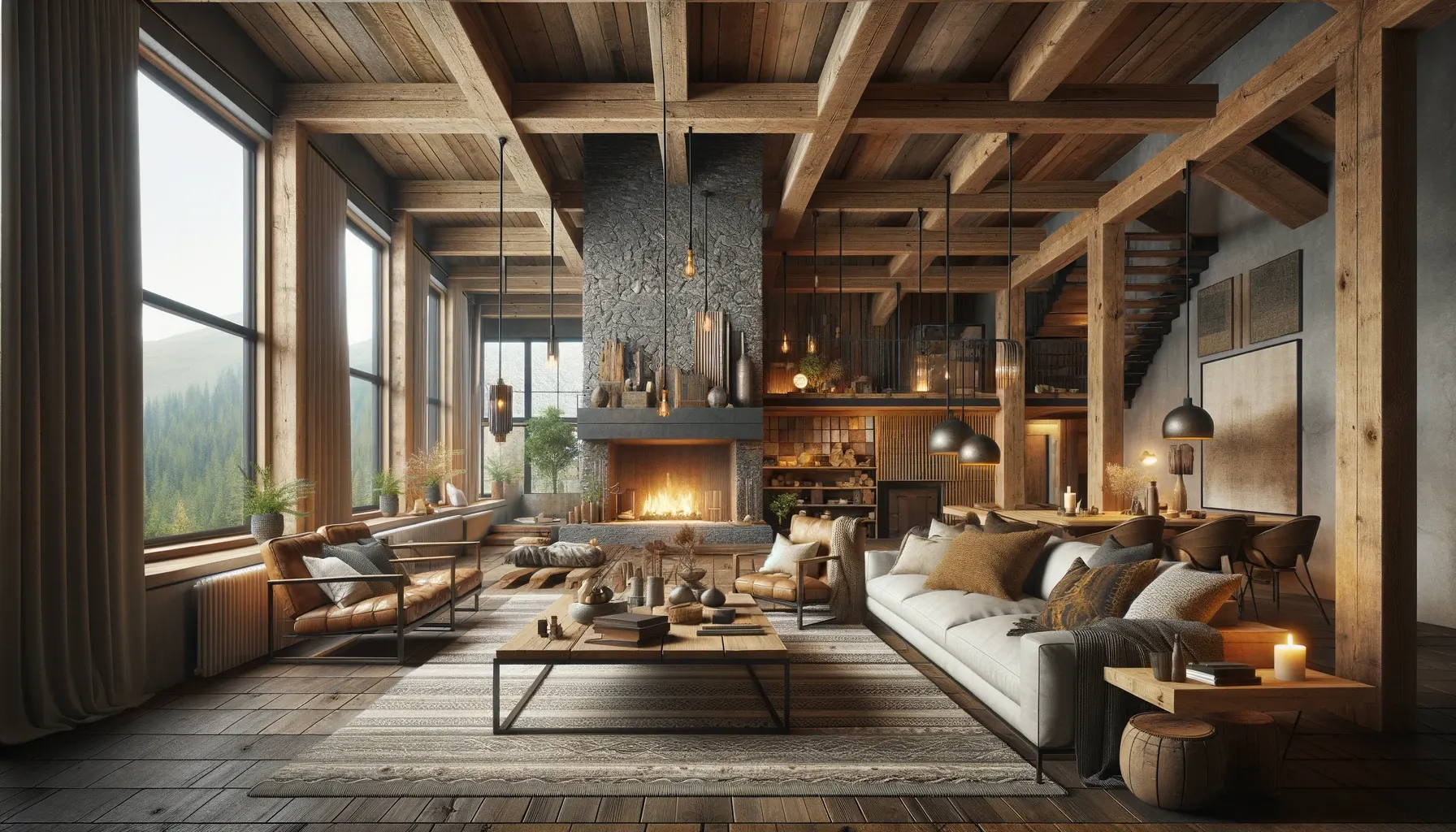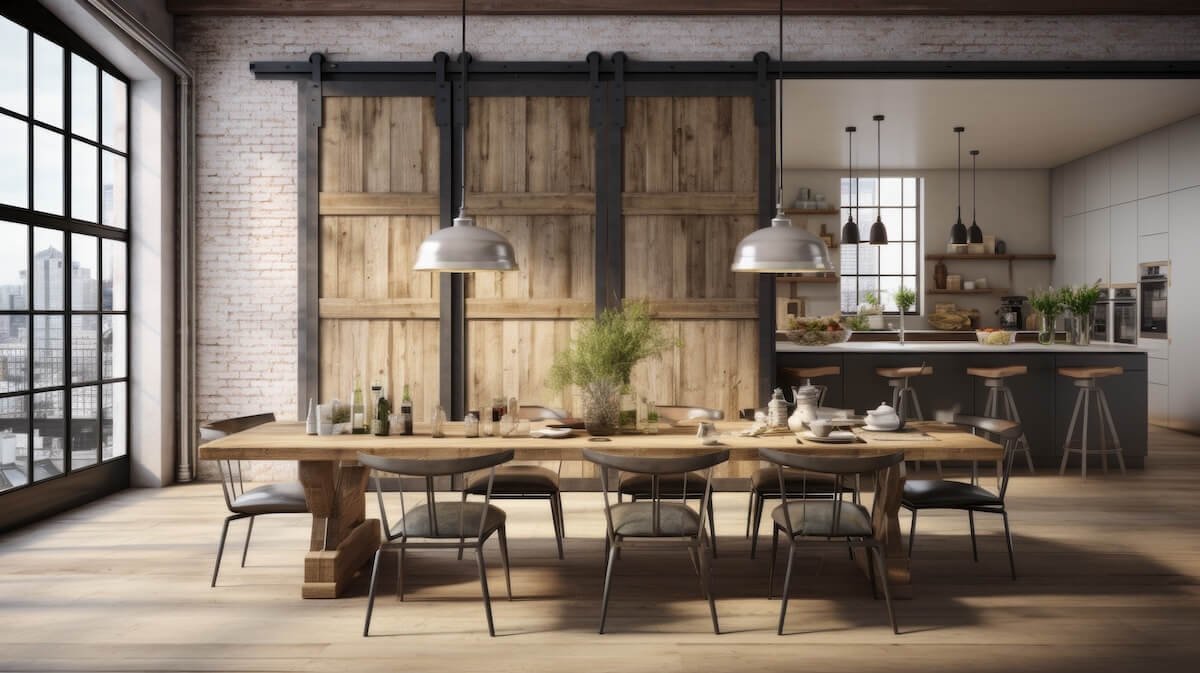Lighting—it’s the unsung hero of interior design. A room with the right lighting doesn’t just look better; it feels different. It can make your space appear larger, cozier, or more vibrant. Whether you’re decorating a tiny apartment or a sprawling home, understanding how to use light effectively is a game-changer. In 2025, lighting is not just functional—it’s a powerful style statement and mood creator. Ready to learn how to harness the magic of light? Let’s dive in.
Why Lighting Is So Important
Think of lighting as the spotlight that brings your design story to life. Without it, even the best furniture and decor fall flat. Good lighting enhances textures, colors, and shapes while setting the atmosphere. Plus, it influences your mood and productivity—bright light energizes, warm light soothes. The key is layering different types of light for flexibility and drama.
1. Understand the Three Layers of Lighting
Lighting design revolves around three layers: ambient, task, and accent. Ambient light is your room’s overall illumination—usually ceiling fixtures or natural light. Task lighting zeroes in on specific activities like reading or cooking—think desk lamps or under-cabinet lights. Accent lighting highlights features like artwork or architectural details with spotlights or wall sconces. Mastering these layers ensures your room works functionally and looks stunning.
2. Choose the Right Bulbs
Not all bulbs are created equal. In 2025, energy-efficient LED bulbs reign supreme—they’re long-lasting, eco-friendly, and come in a range of color temperatures. Warm white bulbs (2700K–3000K) create cozy vibes; cooler white bulbs (3500K–4100K) are perfect for task areas needing clarity. Want to get fancy? Smart bulbs let you adjust brightness and color from your phone, tailoring light to your mood instantly.
3. Maximize Natural Light
Natural light is a designer’s best friend. Keep windows unobstructed by heavy curtains or dark furniture. Use sheer or light-filtering window treatments to diffuse sunlight gently. Position mirrors strategically to bounce daylight deeper into the room, making it feel bigger and brighter.
4. Use Dimmers for Mood Control
Installing dimmer switches is a simple upgrade with huge impact. They let you control light intensity, adapting your room from bright and lively to soft and romantic. Perfect for dining rooms, living rooms, or bedrooms where mood shifts throughout the day.
5. Statement Fixtures as Art
Lighting fixtures aren’t just practical—they’re also focal points. Choose pendants, chandeliers, or sconces that double as art pieces. Whether it’s a sleek modern pendant or a vintage-inspired chandelier, the right fixture can set the tone for your entire room.
6. Layer Lighting for Depth
Avoid relying on a single light source. Combine ceiling lights, floor lamps, table lamps, and accent lights to create layers. This mix adds dimension, highlights textures, and lets you customize the vibe anytime.
7. Highlight Architectural Features
Got a beautiful fireplace, exposed beams, or textured walls? Use directional spotlights or wall washers to draw attention to these details. It adds drama and makes your space feel thoughtfully designed.
8. Consider Color Temperature Matching
Keep your lighting harmonious by matching the color temperature across fixtures in the same room. Mixing warm and cool lights can create awkward contrasts and break the flow. Consistency feels more natural and soothing.
9. Think About Scale and Placement
Size matters! A massive chandelier in a small room overwhelms, while a tiny pendant in a large space gets lost. Position lights thoughtfully—pendants should hang about 30–36 inches above tables, and sconces should be at eye level. Balanced scale keeps your space feeling cohesive.
10. Use Lighting to Define Zones
In open floor plans, use lighting to create distinct zones. Pendant lights over the dining table, floor lamps near the reading nook, and recessed lights in the kitchen help define function without walls.
11. Don’t Forget Outdoor Lighting
Extend your design outdoors with tasteful lighting on patios, decks, and gardens. String lights, lanterns, and pathway lighting set a magical nighttime mood and increase safety.
12. Embrace Vintage and Modern Mix
Mixing vintage fixtures with modern lighting can add character. An antique brass lamp paired with sleek LED recessed lights can feel timeless and unique. This blend keeps things personal and visually interesting.
13. Focus on Energy Efficiency
With rising energy costs and environmental awareness, opt for efficient lighting solutions. LEDs, solar-powered outdoor lights, and smart controls reduce your footprint without sacrificing style.
14. Use Light to Boost Well-being
Natural light supports your circadian rhythm and mental health. Position workspaces near windows. Use daylight bulbs in offices to improve focus and productivity. Warm lights in relaxation spaces help you unwind.
15. Experiment with Colorful Lighting
Colored LED strips and bulbs let you experiment with playful moods—perfect for parties, game rooms, or just a fun vibe. Use them subtly to avoid overwhelming your space.
Conclusion: Light Up Your Life
Lighting is more than just brightening a room—it’s about setting the stage for life’s moments, big and small. By layering ambient, task, and accent light, choosing the right bulbs, and paying attention to scale and style, you can transform any space into something magical. Remember, great lighting adapts with you—bright and focused when you need it, soft and cozy when you want to relax. So go ahead, play with light and watch your rooms come alive like never before.
FAQs
1. How do I choose the right lighting for a small room?
Use layered lighting with compact fixtures, maximize natural light, and opt for warm bulbs to create a cozy, spacious feel.
2. Can smart lighting really improve my home?
Yes! Smart lighting offers flexibility, convenience, and energy savings with features like color changes, scheduling, and remote control.
3. What’s the best way to light a workspace at home?
Combine bright, cool white task lighting with ambient lights to reduce eye strain and increase productivity.
4. How often should I replace light bulbs?
LED bulbs last 15,000–25,000 hours—about 10–20 years with average use. Replace sooner if flickering or dimming occurs.
5. Can lighting affect my mood?
Absolutely! Bright, cool light energizes you, while warm, dim light promotes relaxation and calm.
